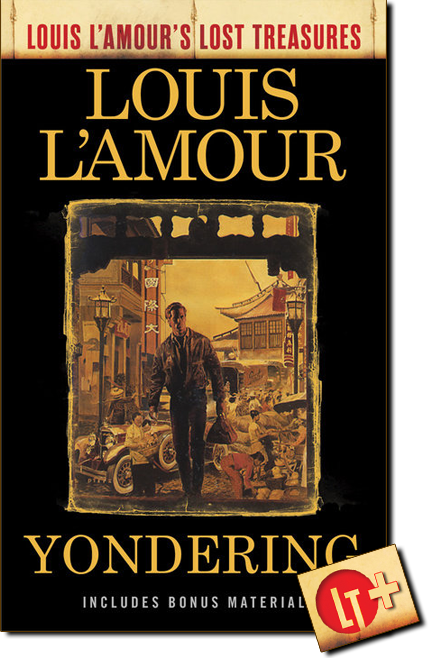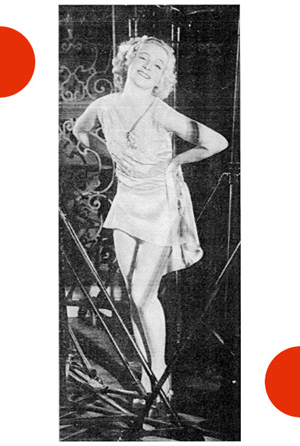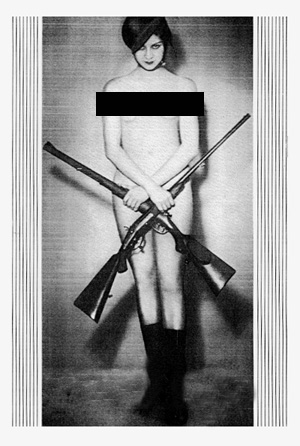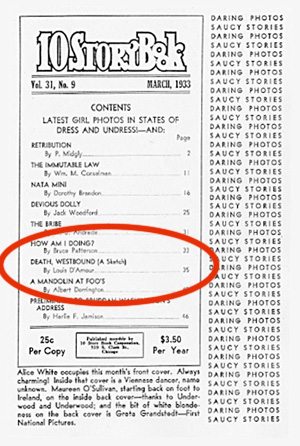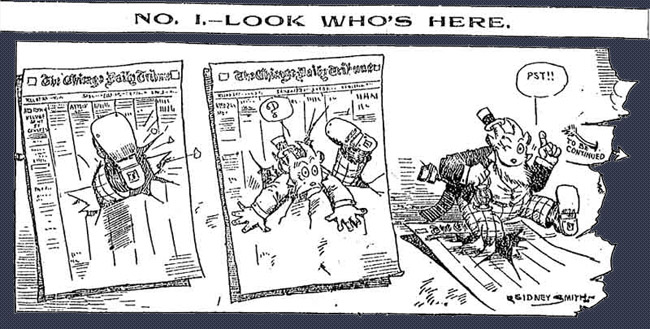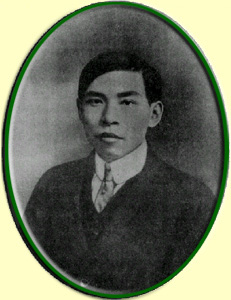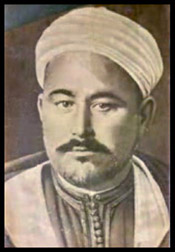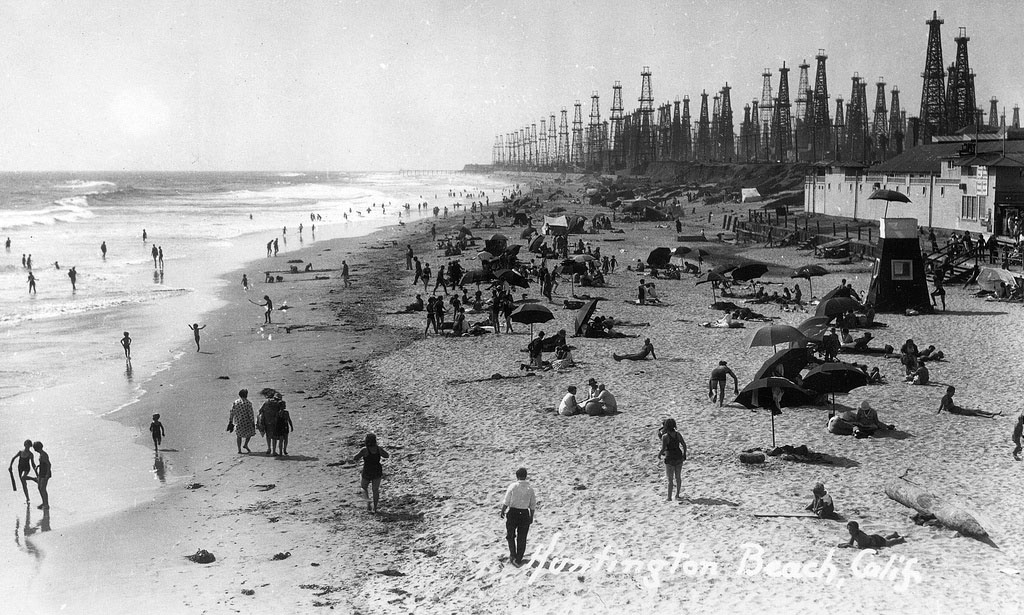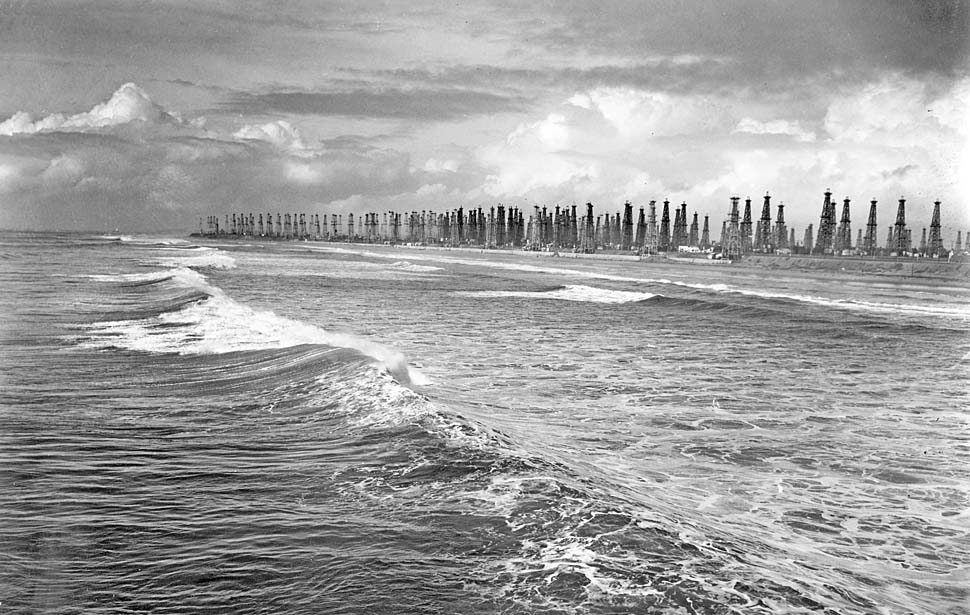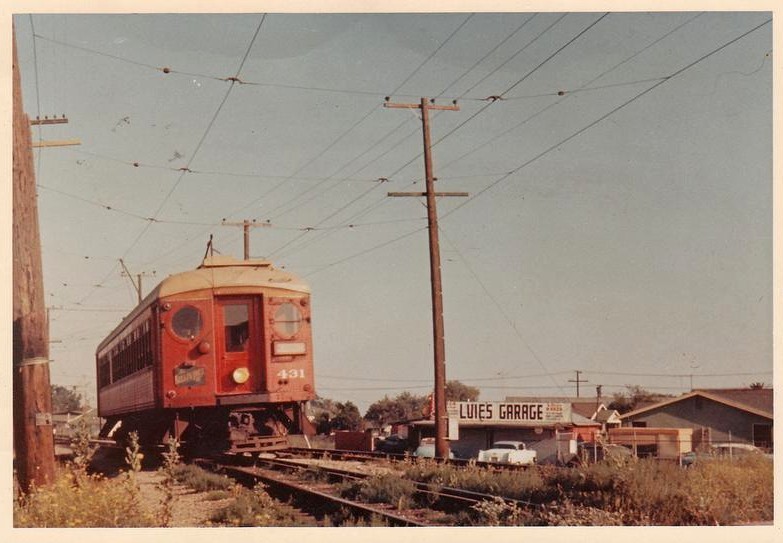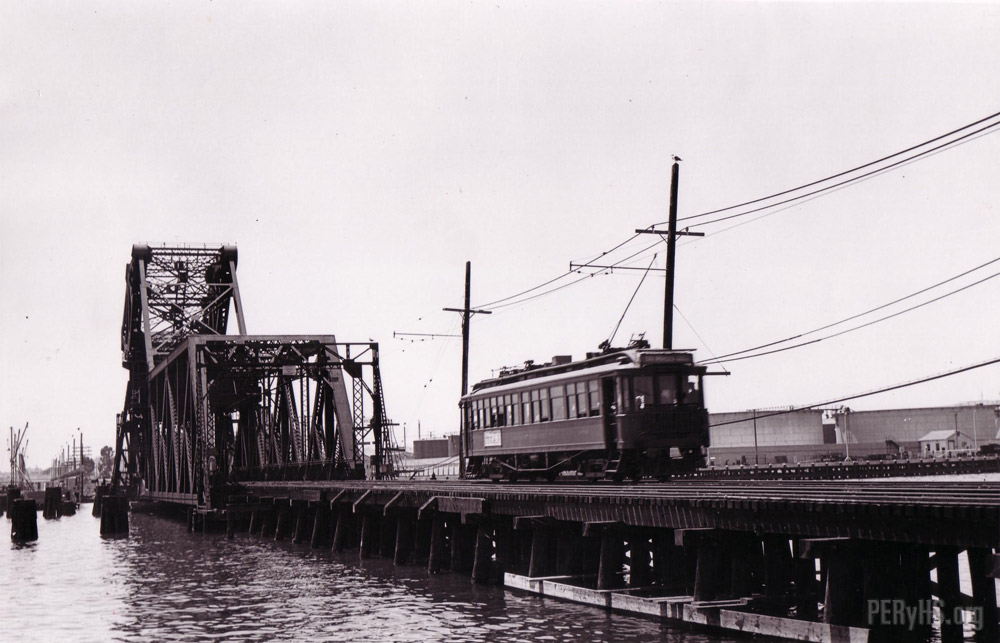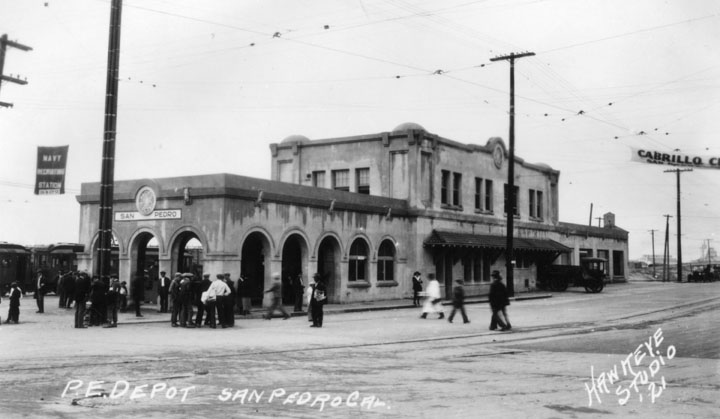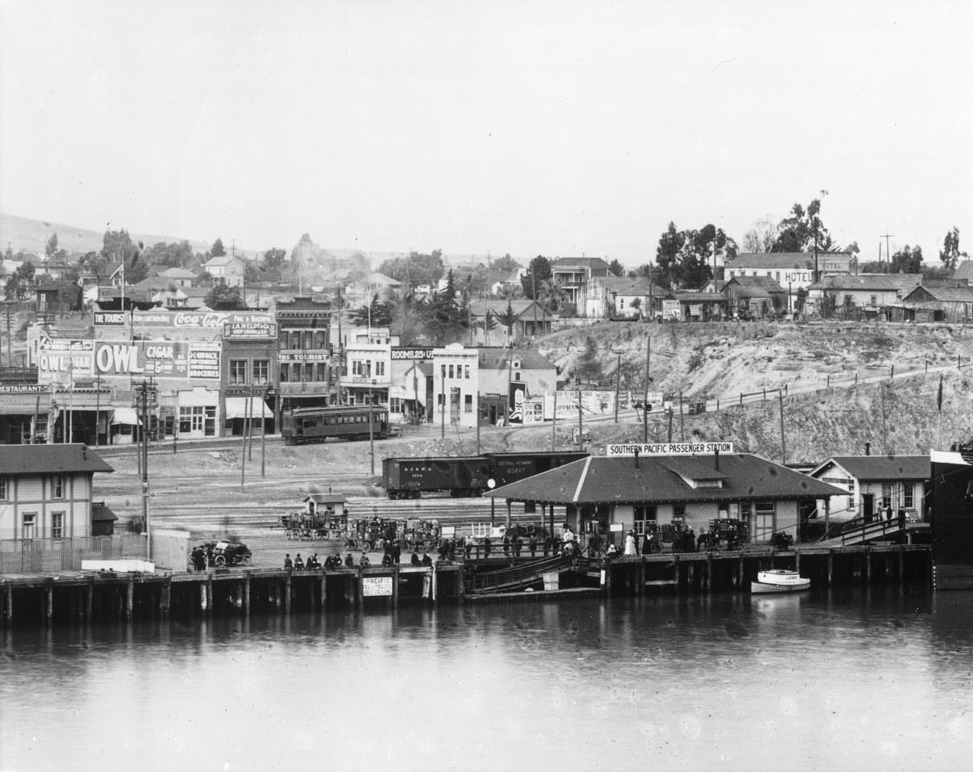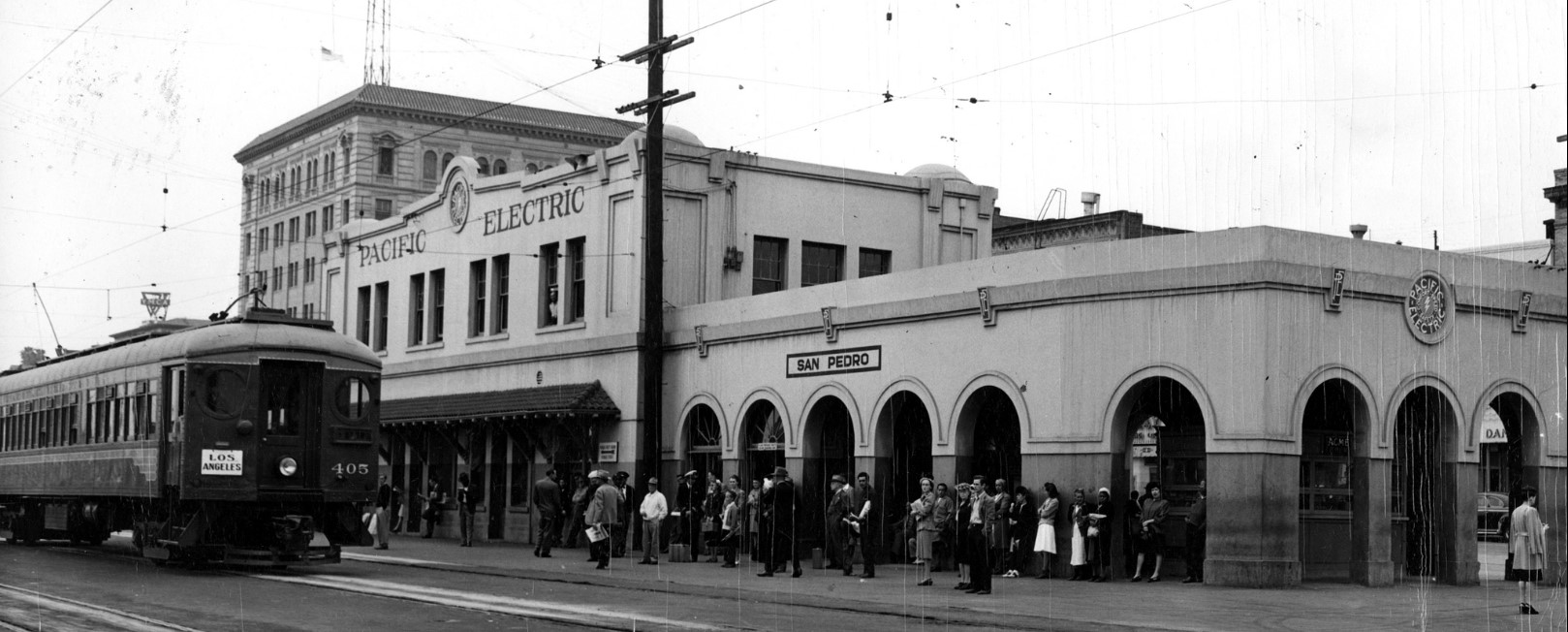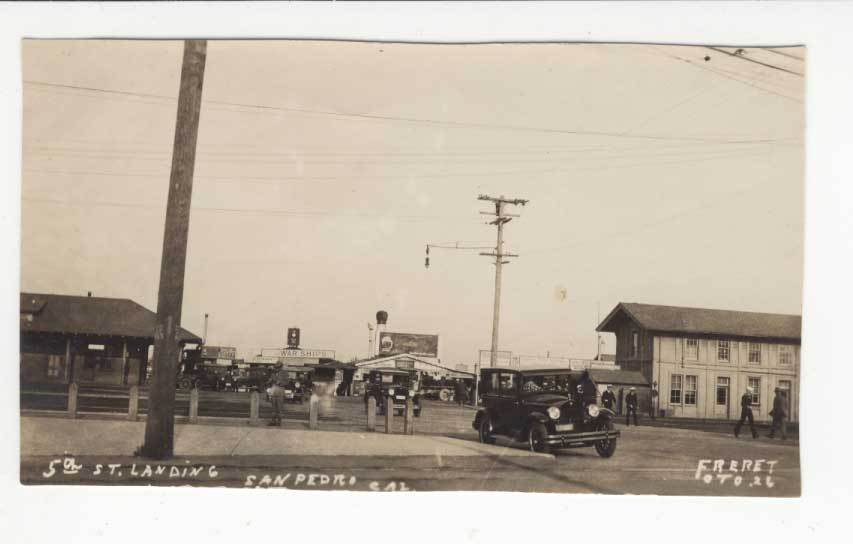
Yondering
|
Du Yu Sheng and
"Big Ears" Du was a triad king who had his base in the French Concession where he bought houses and police chiefs with equal ease. CLICK HERE FOR MORE |
Before leaving the Far East there is one last story to be mentioned, "The Dancing Kate." It is an odd combination of elements, sliding back and forth between the anti-heroic style of Louis's "personal adventure" or literary fiction and the more heroic hyper-realism of the pulps ... it bridges the two worlds in some other ways as well. First of all, it's locations are set far to the east, off the west coast of New Guinea in an area where it is not known when Louis may have visited. The request of a dying man to transport some money to his daughter causes a character, very much like one of Louis' various alter egos, to miss his ship and need to attempt an ocean crossing from Bugoiya Harbor to Woodlark island in order to get back with his crew.
A storm blows him east onto Pocklington Reef, Pocklington Reef was a lonely, desolate, God-forgotten coral reef some twenty miles long and two to three miles wide out in the Coral Sea. It was eighty-odd miles from the nearest land, and someday it would be an island. It was a place that Louis would use as a location in another story (the only remaining piece of which can be found in the Louis L'Amour's Lost Treasures Postscript to this new edition of "Yondering") and a very obscure location for a writer in land-locked Oklahoma to use. Ultimately, he is saved by a crew of near-pirates and must fight himself free. The story also contains a character, much mentioned by Louis at various times as a real man ... Captain Douglas, who according to Louis ran a trading schooner through much of the East Indies and who Louis worked for as a second mate and book keeper. It's one of the few times a supposedly real, yet not historical, character appears in Louis's fiction.
After his time in the South Pacific and the Far East, the trip homeward had begun, and with it a lightening of tensions aboard ship. A long transit of the Indian Ocean, a stop in Aden, then up the Red Sea to Suez. They made a trip through the Suez Canal, stopped in Port Said and then headed for New York City, the Steel Worker's home port.
Along the way they skirted the North African coast where the revolt of Abd el-Krim was burning itself out. "Glorious! Glorious!" was written of this time and place as is "By the Ruins of El Walarieh."
The Steel Worker did not stop in the locations of these stories but news of the war would have been all over the streets of Port Said and similar experiences to the tiny clash of cultures in "By the Ruins of El Walarieh" might have been possible there or even back in New Mexico, where Louis had worked for many months in the years before. After a stay of several weeks in New York City, Louis boarded another ship and worked his way back to the west coast. Within weeks he had a new job deep underground in the mines of Arizona.
Years later, Louis would put to sea again as part of a force destined to invade the continent of Europe. For men who joined the Army late or were drafted the war was a much briefer event than for those unlucky enough to have already been in the military in 1942. After the draft called him up, Louis spent time in basic training, Officers Candidate School, and a period of time training soldiers in winter survival and warfare. Then he was ordered to what must have seemed like a vacation in San Francisco working as an officer overseeing the loading of ships bound for the Far East. Lastly came a long meandering train ride that delivered him to the east coast to catch a convoy to England.
When the war ended he was sent back to France, eventually to become the Company Commander of a unit with little to do except facilitate the return of American troops to the U.S. and be on call for the support services that were helping to clean up the mess that the war had made. It gave him a good deal of time on his own, time to explore the countryside and experience Paris. An ancient and mysterious city, Louis imagined a series of stories about the City of Light that would be complimentary to the series he hoped to finish on Shanghai. The first of these stories was "The Cross and The Candle," where the narrator, an officer alone in Paris, much like Louis was, touches the edge of an amazing story of love and revenge that crossed time and distance and social class.
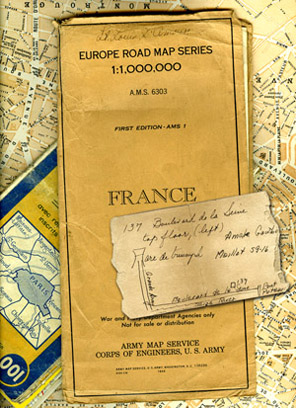
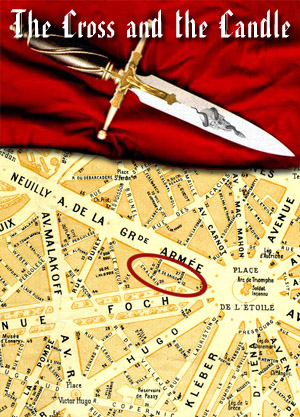
At it's core is the legacy of an ancient, unnamed, order and the revenge taken for the murder of it's last surviving members. Some aspects of this story are likely true, the Cafe seems to be a place mentioned by Louis where he was sent by friends to speak to the proprietress about the history of the L'Amour family in Brittany.
"So, I'm going down tomorrow evening to see Suzy Solidor, a great grand daughter of his who owns the Chez Suzy, a night club on the Rue St. Anne, near the Louvre ..." "A Friend of the General" not only explores the subculture of post occupation Paris with it's black marketers and those who made deals for survival with whoever was in power but it also travels back to China in the Warlord Era and effectively links both in plot and in culture; two great "world" cities Paris and Shanghai. . . . Beau L'Amour
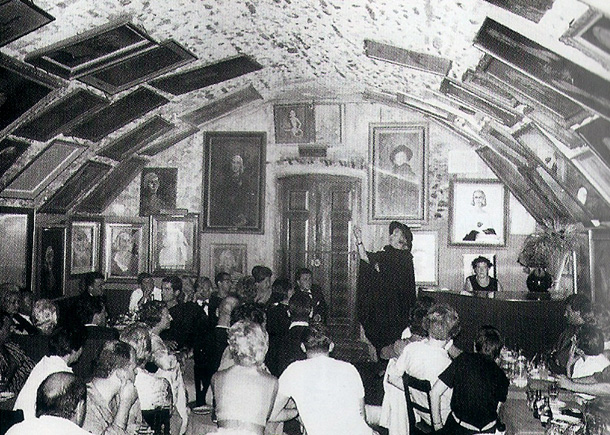
The Paris Nightclub of Suzy Solidor.
Louis claimed that "The General" was a real man, an eastern European, but the woman who was certainly one of the models for the character of "The Countess," denies knowing Louis, the General, or the cafe. However, Louis's unit was stationed at Chateau Spoir and the owners, a Countess and her husband, the Count, did live in the rather impressive "gardener's cottage" across the road from the large chateau, for most of the war ... having had to make way for first the German and then the American military.
And in June of 1945 Louis did record that he gotten together socially with the Countess, an elderly man with a mustache and a pleasant voice, the Countess's sister who was back from the Netherlands for the first time in five years, a Lt. Colonel Warfield, another officer named Chantry, and Sylvia St. Clair, a French stage actress who was very active in the underground during the war. Certainly, there are some "true" elements though possibly the story was drawn together from many different, though legitimate, strands.
![]()
LOUIS
L'AMOUR'S LOST TREASURES
Home | What Is Louis L'Amour's Lost Treasures?
THE NEW BOOKS
Lost Treasures Volume One | No Traveler Returns | Lost Treasures Volume Two
Bonus Materials In Finished Works
WEB SITE EXCLUSIVES
LT + Beyond the Post Scripts in Books | Story Fragments
Pieces of Louis' Mind | Exclusive Photos and Scans
About Lost Treasures | Frequently
Asked Questions | Contact Us
Copyright Notice | Terms
of Use Agreement
The
Official Louis L'Amour Web Site
Home | The
Louis L'Amour Trading Post | About
Louis | Louis
L'Amour Community
The Official
Louis L'Amour Discussion Forum
Sign up NOW for email updates:
